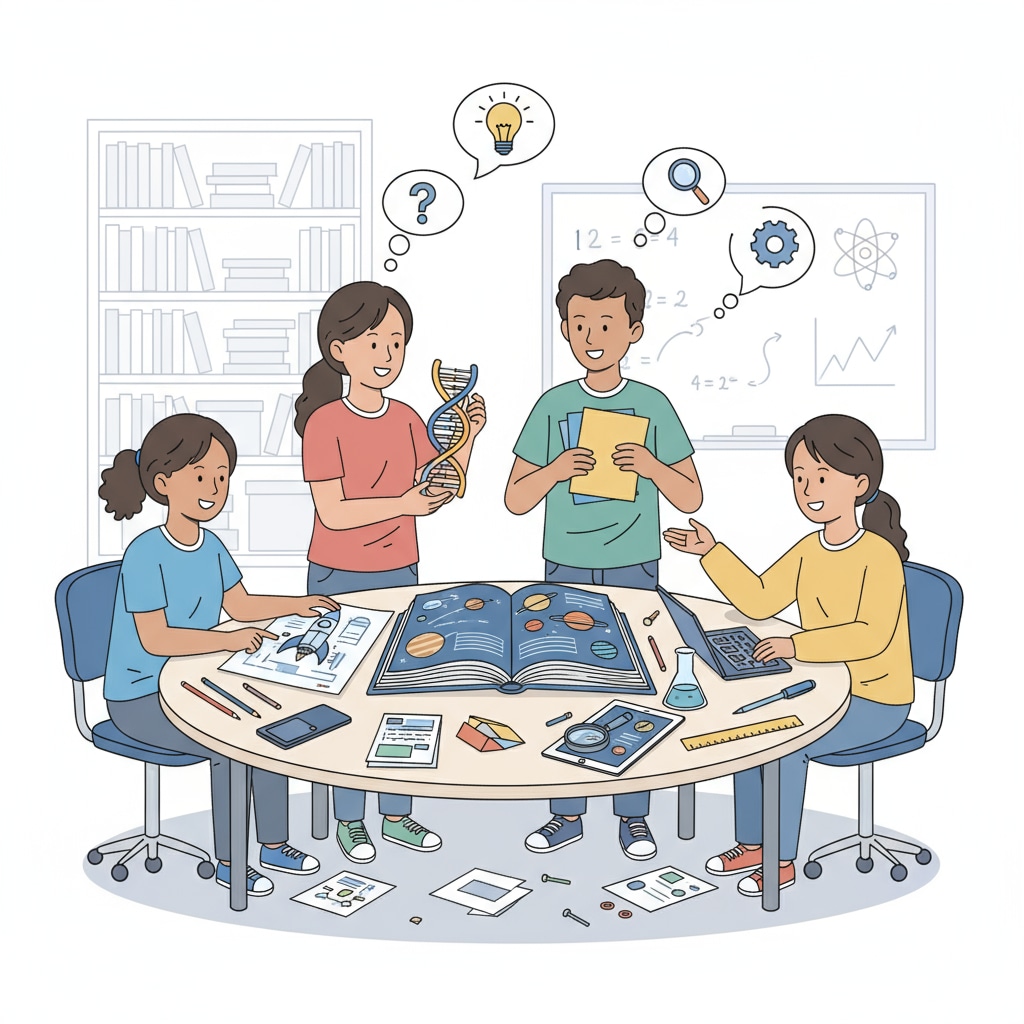Alternative homework solutions, teaching strategies, and project – based learning are becoming increasingly important in modern K12 education. As educators seek to enhance student engagement and learning outcomes, traditional homework models are being reevaluated. In this article, we will explore five innovative strategies that can replace traditional homework and bring new vitality to K12 learning.

Project – Based Learning: A Hands – On Approach
Project – based learning is a powerful alternative to traditional homework. Instead of rote exercises, students engage in real – world projects that require them to apply knowledge and skills. For example, students might design a sustainable city plan, which involves research, design, and presentation. This not only deepens their understanding of various subjects like geography, science, and architecture but also nurtures critical thinking and problem – solving abilities. According to Edutopia’s guide on project – based learning, this approach can make learning more relevant and engaging for students.

Flipped Classroom Model: Reversing the Learning Process
The flipped classroom model is another effective teaching strategy. In this model, students watch instructional videos at home and engage in discussions, problem – solving, and hands – on activities during class time. This way, students can learn at their own pace outside of class and get immediate feedback from teachers and peers in class. As a result, it reduces the need for traditional homework and promotes active learning. Wikipedia’s entry on the flipped classroom explains how this model has been adopted in many schools around the world.
Another strategy is inquiry – based learning. Here, students start with a question or problem and conduct research to find answers. Teachers act as facilitators, guiding students through the process. This method encourages students to take ownership of their learning and develop research and analytical skills, replacing the need for traditional homework assignments.
Furthermore, collaborative learning can be a great alternative. By working in groups on projects or tasks, students learn from each other, improve communication skills, and develop teamwork abilities. This social aspect of learning can be more engaging than individual homework.
Readability guidance: These alternative strategies offer a fresh perspective on K12 education. By reducing the reliance on traditional homework, they can enhance student motivation and learning. Project – based learning, flipped classrooms, inquiry – based learning, and collaborative learning all have their unique benefits in promoting active and effective learning.


